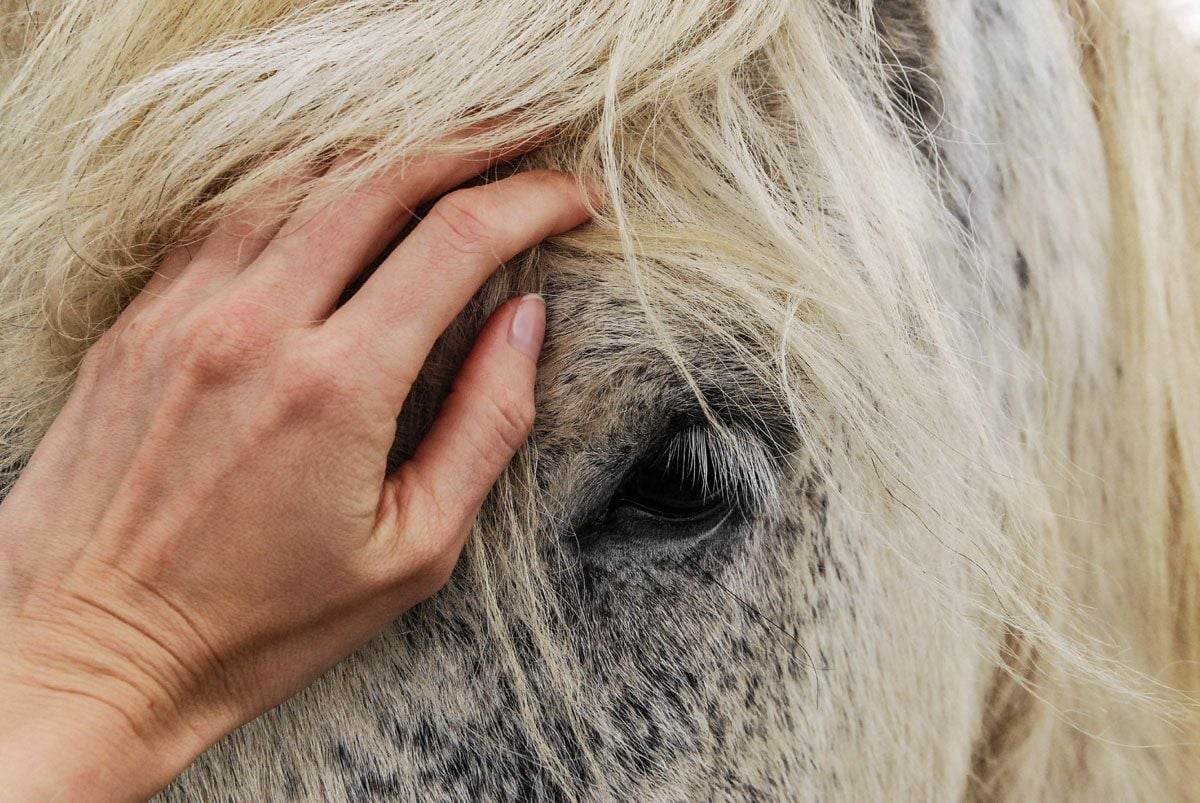|
Here is an easy New Year’s Resolution that is very easy to keep and is so important in maintaining a healthy, strong and shiny horse. The effects of internal parasites range from poor weight, dull coat, reduced appetite, colic, anxiety, itchy tail, poor use of feed nutrients and many others. Paste wormers are inexpensive and can be purchased at your local feed store. Here are two easy schedules outlined for you to follow. As always, you may want to check with your veterinarian to see if he has a preferred method or schedule.
QUARTERLY ROTATION OVER TWO YEARS
2019
Spring – 1st September: Mectin + Praziquantel
Summer – 1st December: Azole-base
Autumn – 1st March – Mectin-base
Winter – 1st June: Mectin-base
2020
Spring – 1st September: Mectin + Praziquantel
Summer – 1st December: Mectin-base
Autumn – 1st March – Azol-base
Winter – 1st June: Azole-base
-OR-
BI-MONTHLY ROTATION
January/February – Pyrantel
March/April – Benzimidazole
May/June – Ivermectin
July/Aug – Pyrantel
Sept/October – Benzimidazole
November/December – Ivermectin
Pinworms - Pinworm eggs are picked up by horses from contaminated feed, water, bedding, and may also be present on tail wraps, grooming materials, and even fence posts and stalls. The female pinworm deposits eggs around the anus, secreting a substance which can cause intense itching. This may lead to tail rubbing and even injury to the tail and rump. Washing the perianal region may help relieve the itching, but all materials used should be discarded or washed in hot water with soap. Pinworms may be difficult to diagnose in manure samples, but the eggs can usually be picked up on scotch tape pressed to the skin near the anus.
Bots - Bots are the immature maggot stages in the life cycle of the bot fly, the adult of which resembles the honeybee in general appearance. The females lay their eggs by attaching them to the hairs of the front legs, throat, and under line. As the horse licks itself, the larvae attach themselves to the lips and tongue and burrow into these tissues. After about three weeks they attach themselves to the lining of the stomach, where they may remain for several months, causing additional damage.
Tapeworms - Difficult to diagnose, it is estimated that 40% of the horses in the U.S. are affected. Tapeworms are contracted during grazing, when the horse ingests the intermediate host, a mite found on plants. Once infected, tapeworms contribute to digestive problems, colic and malnourishment. Tapeworms are often undetected using normal fecal flotation methods.
Large Stongles (Blood Worms) - Adult strongyles are found firmly attached to the walls of the large intestine, where the females pass large numbers of eggs into the manure. These eggs hatch and the larvae climb blades of grass and are swallowed. The larvae then migrate to the large arteries which supply the intestines. As the artery walls are damaged, blood clots form and break away, causing colic.
Small Strongyles (Cyathostomins): Ubiquitous parasites, infecting nearly all grazing horses. Relatively mild pathogen, except when present in large numbers.
|


